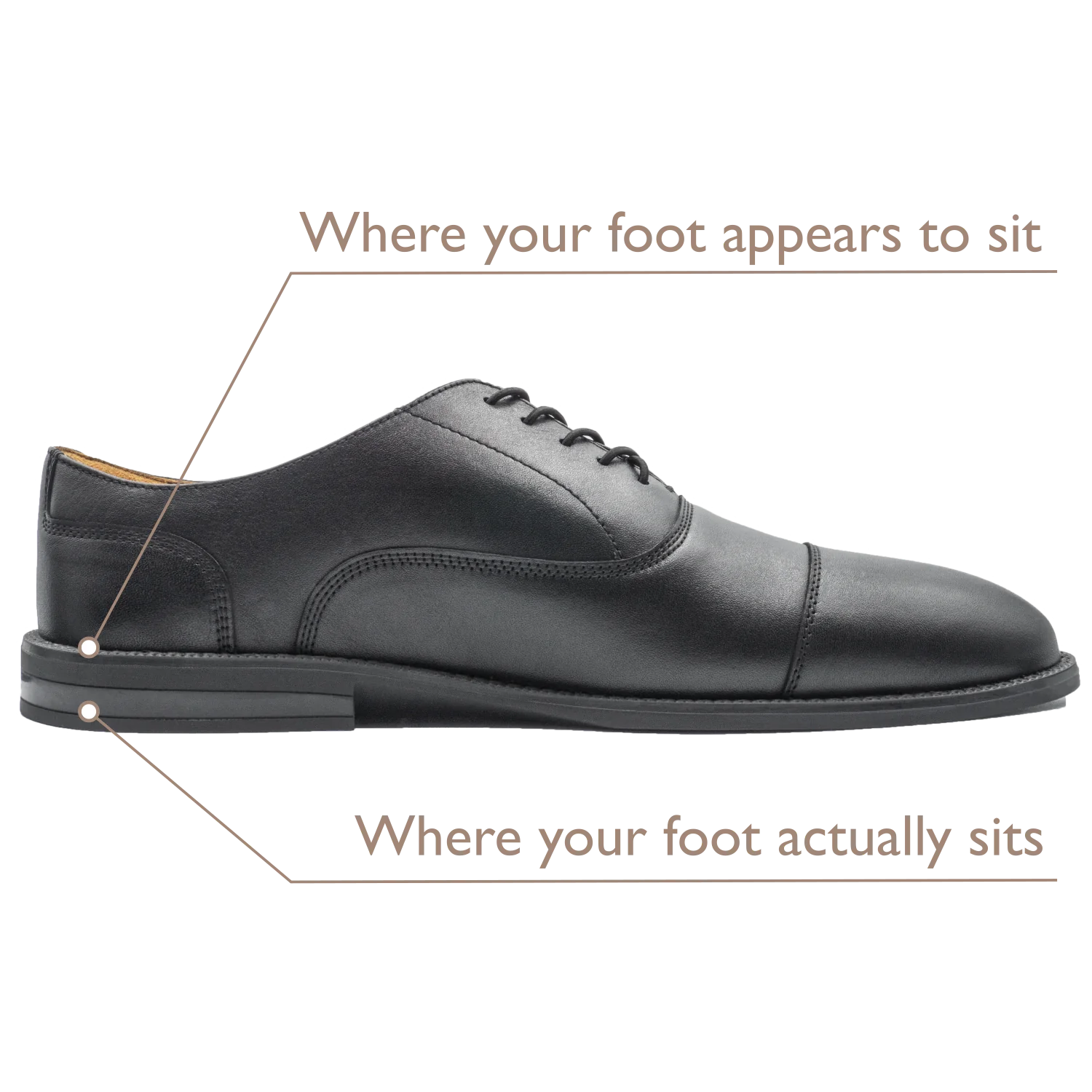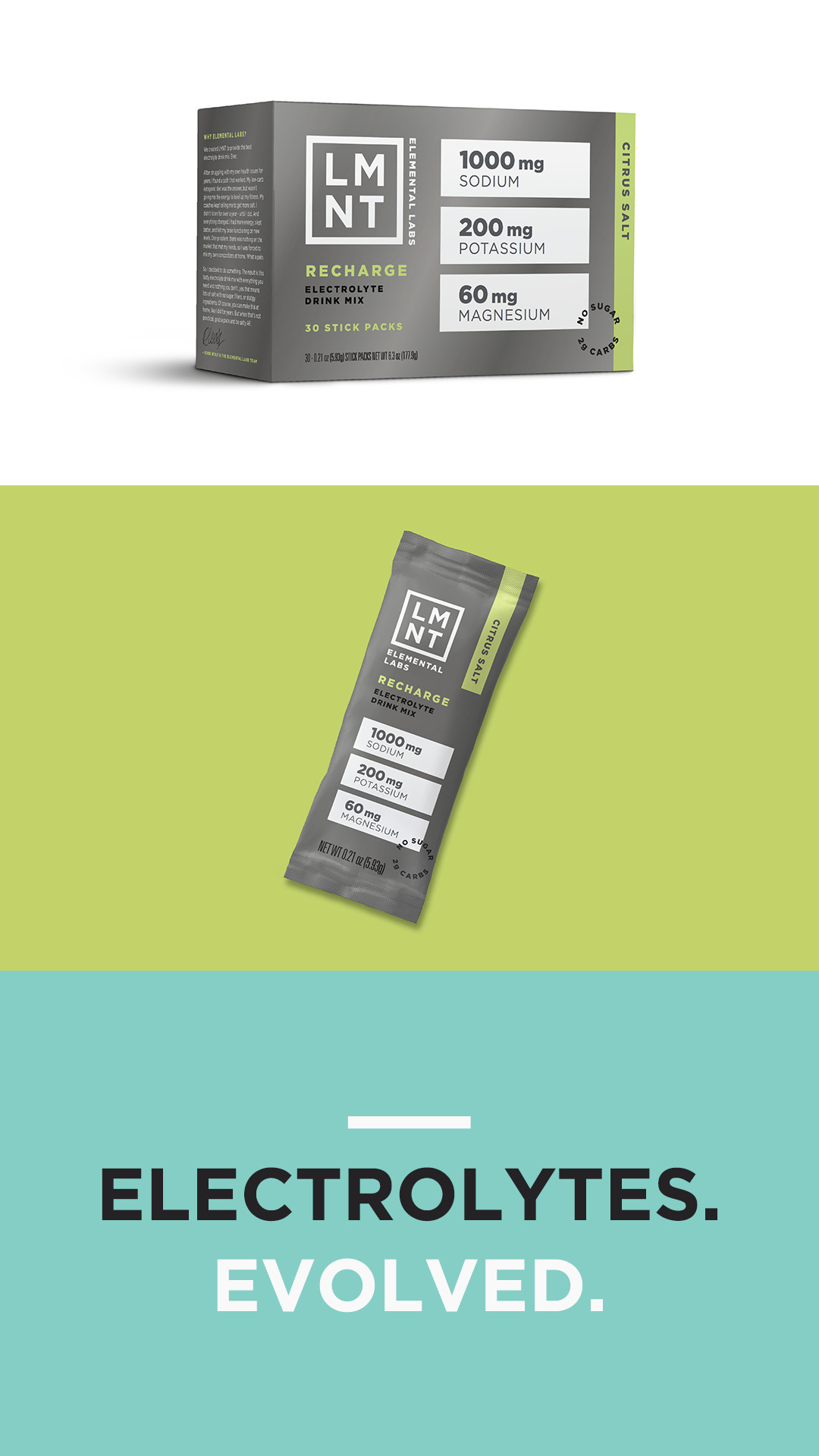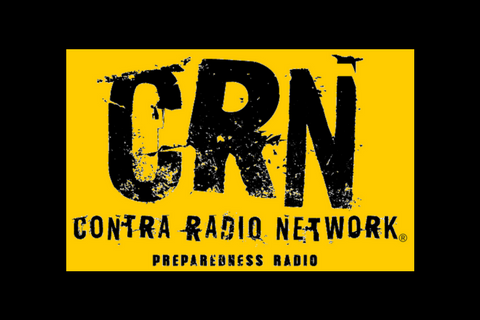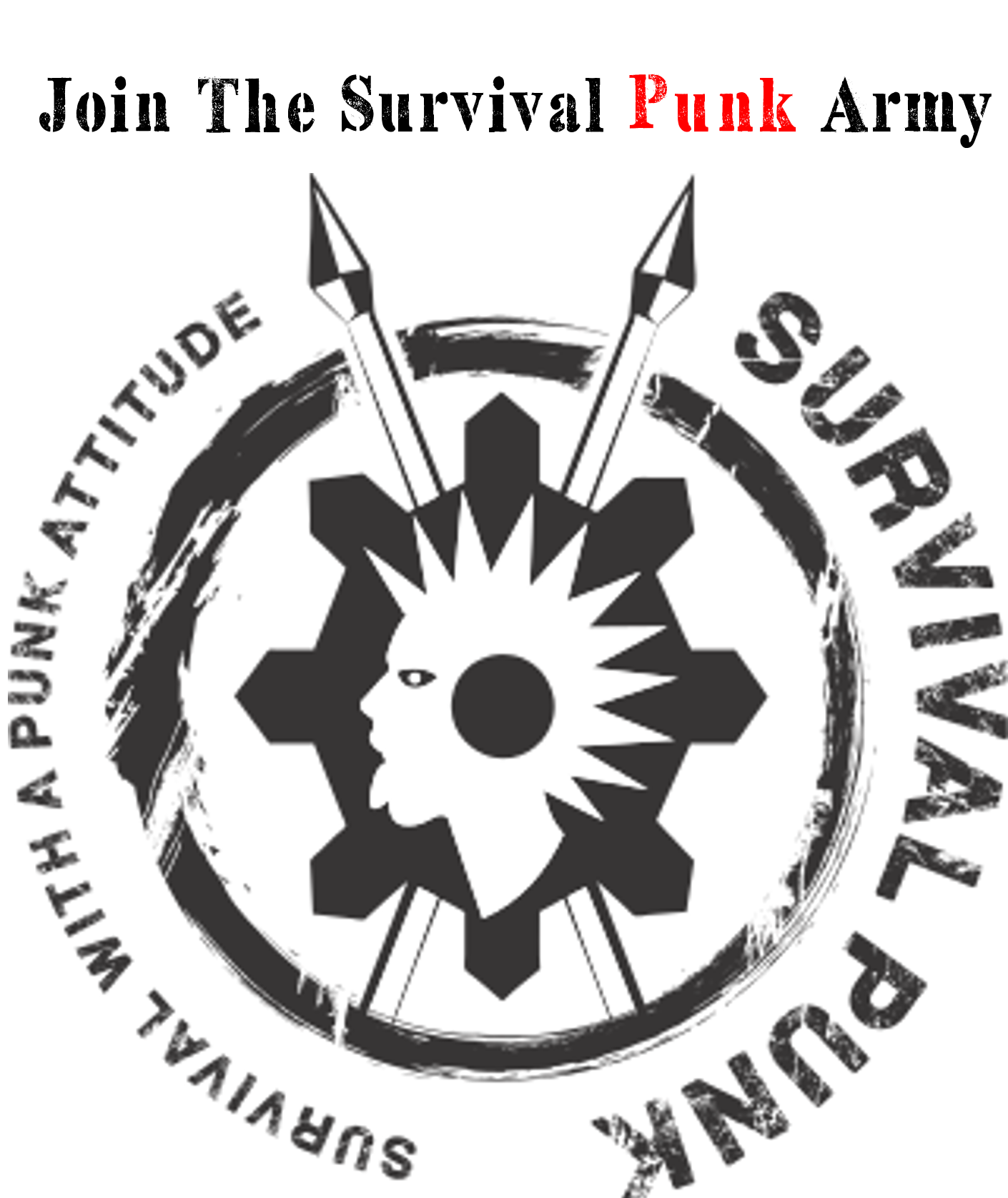Guest Post DIY Splints
I asked for guest bloggers to contribute some articles while I’m away on vacation. Dan wrote volunteering his and saying he has an extensive background in the medical field and as an EMT. Medical preparations I feel are some of the most important ones to get training in. I was ecstatic to get a medical article and when I did I have to admit to being blown away by the quality and content. You can find Dan on Facebook at SEMO Preparedness Network. Huge thanks to Dan and please stop by and give him a like on Facebook.
Hello, my name’s Dan and I’m a Paramedic. Sounds like an admission for a 12 step recovery program and for some of the things I have seen over the last 14 years in Emergency Medical Services I probably need counseling. Over the years spent working on the ambulance and on the fire department I have learned a secret that many never learn and some have down to an art. Being prepared saves lives. Seems like a no brainer right? The Paramedics are always prepared right? Short answer, no. The most successful Paramedics, the ones people turn to when things get chaotic, have a plan. That plan might not cover every contingency but it beats the hell out of flying by the seat of your pants when lives are at stake.
“Ok so now that I’m worried about the ambulance providers in my locality what does this have to do with me?” First relax. I am sure your folks are fantastic providers, skilled and compassionate. How do I know this? Well they aren’t in it for the money (there ain’t much) I an assure you. It should start prompting you to think, “Do I have a plan for emergencies?” Most of America would say “Sure. My plan is to call 911!” Great plan, what happens when they don’t show up? It seems inconceivable in this age of immediate gratification that one of our safety nets might not be there but the truth is evident. Recently in Hurricane Sandy people died due to the inability of EMS and Fire to reach them. Well that’s a big disaster right? OK let’s look at something a little smaller in scale. What if you are hunting and manage to fall sticking a broad-head through your leg. Not a national disaster by any means but I guarantee it is paramount to you at that moment. Being prepared saves lives.
When I talked to James about writing a guest post he seemed stoked. He and I both feel that the average person needs to be situationally aware and at the minimum cognizant of basic medical treatments that can save lives. What I hope to do in these posts are to cover the basics of traumatic care for some of the most common injuries.
I will preface this by saying I am merely offering suggestions as to possible treatment of traumatic injures using “at hand” materials and in no way condone or imply that non-trained professionals should use these described methods to treat the injured. Any person who choses to do so assumes all liability.
Treating traumatic injuries for the lay person falls into three categories; Splinting, Bleeding Control, and Everything Else. In this first installment of the article we will be discussing splinting. Ok, so why do we splint? In a nutshell splinting is used to reduce the chance of further damage to the injured area and to help with pain control. As a non-trained provider the lay person will not be expected to differentiate between a broken, strained or sprained extremity. In the mechanics of splinting a few things should be remembered:
- Keep yourself safe at all times! If you become a patient too things just went to hell!
- If it is a bone that’s injured we need to try and immobilize the joints above and below the injury.
- If it is a joint that’s injured we need to try and immobilize the bones above and below the injury.
- If bone ends have come through the skin do not push them back into the wound.
- Always opt for advanced care whenever available. These are just stop-gap measures.
So how do we know if an extremity needs to be splinted? The following are a list of signs that may indicate a splint is needed.
Signs of a musculo-skeletal injury
- Pain or tenderness over the injury site
- Swelling
- Deformity, angulation (abnormal position of the extremity)
- Crepitus (grating sensation or sound)
- Limited movement
- Joint locked into position
- Exposed bone ends
- Bleeding
- Bruising
- Difference in Length Shape or Size of one extremity when compared with the other
- Loss of pulse or sensation below the injury site.
Pulses
It may be hard for the average person to determine pulses. In the following two pictures I have indicated with an “x” the location of the radial pulse in the arm (fig1) and the dorsalis pedal pulse (fig 2) in the foot. The reason we use these as indicators of blood flow when splinting is that they will most often be accessible for recheck after the splinting is done which is a priority to insure that the splint is not too tight causing further damage. Pulse checks or checking capillary refill (blanching the fingernail and watching it return to pink in 2 seconds or less) should be done before and after splinting to ensure good blood flow to the injured extremity.


Position of Function
The next thing we should discuss is Position of Function. In a situation in which advanced medical care could be significantly delayed we need to make sure that the extremity does not begin to heal in a disadvantageous position. The human wrist/hand and the ankle/foot are best served if splinted in a Position of function. The Hand’s Position of Function is as if holding a soda can horizontally as pictured below in (fig3).

The Foot’s Position of Function is at a 90 degree angle to the leg if the leg is laying flat as pictured below in (fig4)

What if the Joint above an injured bone is the Hip or the Shoulder?
If the injured bone is a Femur (Thigh-Bone) the joints you would need to immobilize would be the knee and the Hip. In the field as a lay rescuer the only way to effectively immobilize the hip is to place the patient on their back on a rigid object such as a piece of plywood, a car hood or other sturdy, movable item. The leg itself can be splinted using cardboard as described below in the example of a lower leg break just using longer cardboard. If the injured bone is Humerus (Upper Arm Bone) the joints that would need to be immobilized would be the elbow and the shoulder. Both can be immobilized using a sling made from the patient’s own shirt as pictured in (fig5). When securing the sling we can use a safety pin if one is available or a keychain ring pushed through the fabric. Try and make sure wherever you secure the sling is on a button hole (fig6) or a seam because it will be supporting the whole weight of the injured arm.


Real World Splinting Materials
Not being trained responders with their bags full of gear can make someone feel helpless in the event of an emergency. If, however you are the only care that person may receive for an extended time materials can be found at hand to render that needed care. Items such as magazines, 12-pack cartons, sticks, PVC pipe, plywood etc. can all be used to effectively splint injured patients. What I have attempted to do in the descriptions below is to use these materials and do an “emergency” splint. These splints are not the prettiest medical marvels you will ever see but they are effective.
Broken Wrist/Forearm
In splinting a broken wrist it is important to remember the mechanics of splinting. We need to ensure scene safety. We need to establish blood flow to the area before and after splinting by checking the pulse and capillary refill and we need to place the hand in a position of function (fig3). Having done this we need to measure whatever material we are going to splint with on the unaffected side of the body. By measuring on the unaffected side we ensure that the splint will be long enough. In the pictures below you will see that I used (2) stacked magazines to form a rigid tube to support the injured arm. (fig7)

Once in place the splint needs to be secured. I have done this in 2 ways. (fig8) Shows the splint secured by bandannas, any t-shirt or cloth would work. Following this we should again check a pulse and then sling the arm. In (fig 9) I have used 2 more bandanas to make a sling or you could use the patient’s shirt as previously discussed. In (fig10) I have secured the splint and made a sling from Duct Tape.



Injured Elbow
If an elbow is injured try to splint it in the position found as moving it might endanger the future function of the joint. Below is an example of using cardboard cut from a shipping box, duct-taped into shape and secured with bandanas. The elbow was sandwiched between the cardboard (figs 11 & 12) and secured with the bandannas (fig13). Remember Scene Safety, Pulse Check before and after and then sling the arm as in (fig5) to immobilize the bone of the upper arm.



(fig11) (fig12) (fig13)
Injured Lower Leg/Knee
Once again we need to ensure Scene Safety (YES it’s that important), Position of Function, and Pulse Checks. Measure the splint on the unaffected side. In the image below I used cardboard and duct-tape to immobilize the leg. Cardboard can be cut/bent to form almost any shape one could need to splint in the field. (fig14) Shows measuring the splint to ensure that the knee will be immobilized as well. (fig15) Shows padding the splint for the comfort of the patient and (fig16) shows the completed splint.



Ankle Injuries
The above splinting method is effective for ankle injuries as well but there is another method which will be much more comfortable for the patient. This is called the pillow splint. Materials needed for this splint are a typical bed pillow and something to secure it; in this case I used bandannas. Hopefully I don’t need to reiterate but I will anyway, Scene Safety, Pulse Check, Position of function. (fig17) Shows the materials, (fig18) shows positioning of the materials prior to splinting and (fig19) shows the complete splint.



Summary
The previous images and commentary were provided to hopefully inspire you get past the shock of an “emergency” situation. I hope that if you find yourself in a predicament with an injured person, in which EMS is unavailable or delayed for an extended period, that you will be reminded of these methods and think your way through splinting the injury.
Next Installment: Bleeding Control and Treating for Shock (coming soon)
You can find me at SEMO Preparedness Network on Facebook. Be sure to drop in and give us a like!
https://www.facebook.com/#!/pages/SEMO-Preparedness-Network/559787590699310
8 Replies to “Guest Post DIY Splints”
Comments are closed.


















Fantastic! You sound just like my Emergency Response teacher in college…”scene safety, scene safety, scene safety!”
Heh, we get that way. I teach EMS at a local college as well. Thanks for the kind words!
~Dan~
nice post, gave me some ideas I hope I never have to use!
This is an odd request. can you add a little Margin on the H2 tag where it says Survival Punk. Also it may be a good idea to get a responsive theme in WordPress if a lot of your traffic is from phones and tablets. Editing code style.css is a bit of a pain I have been learning WordPress. Glad to help you if there is any way I can.
Highly energetic blog, I enjoyeed that bit. Will there be a part 2?
Allso visit my web page: sell junk car new york city
Hello to every body, it’s my first go to see of this webpage; this website includes amazing and really good material
designed for visitors.